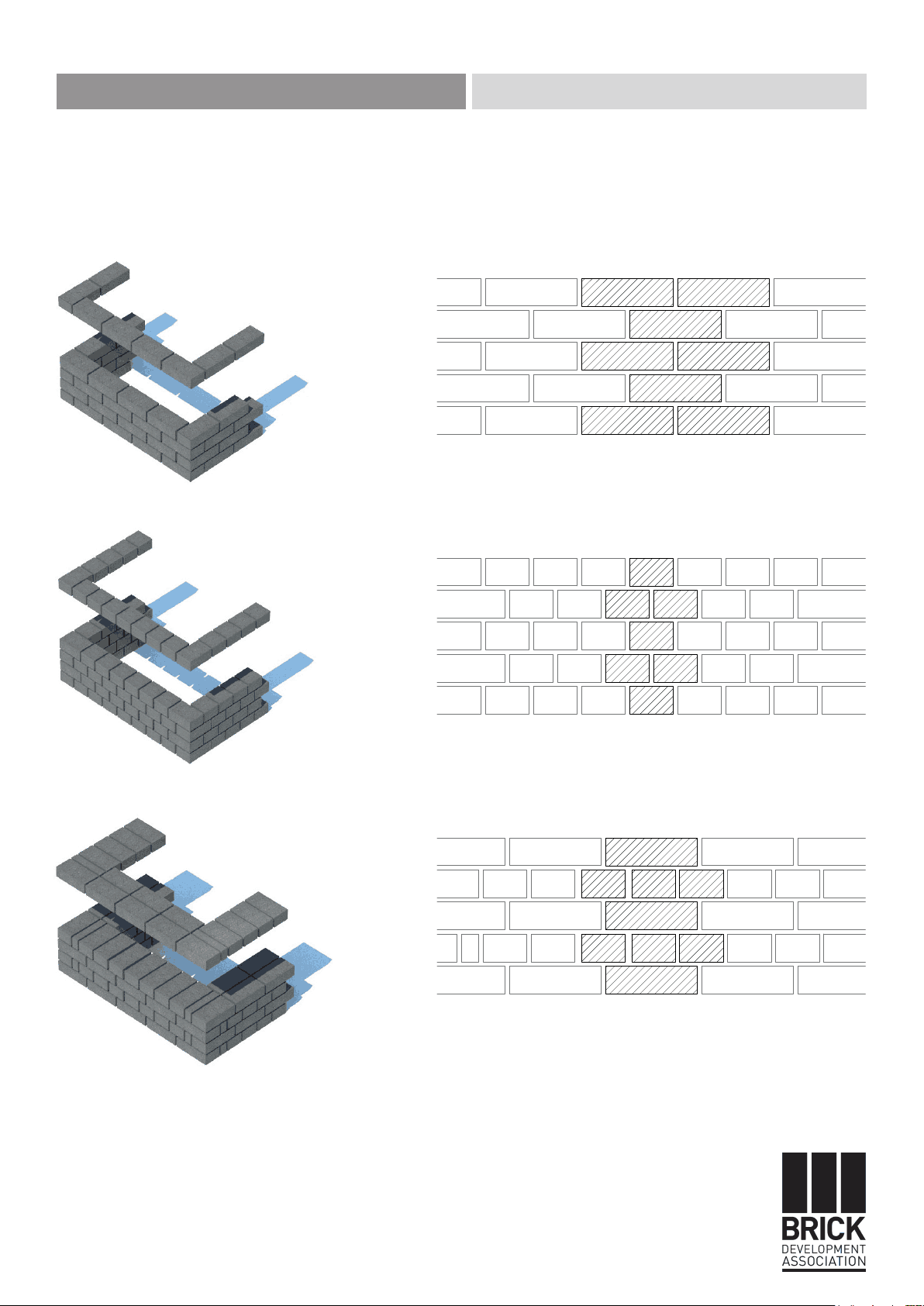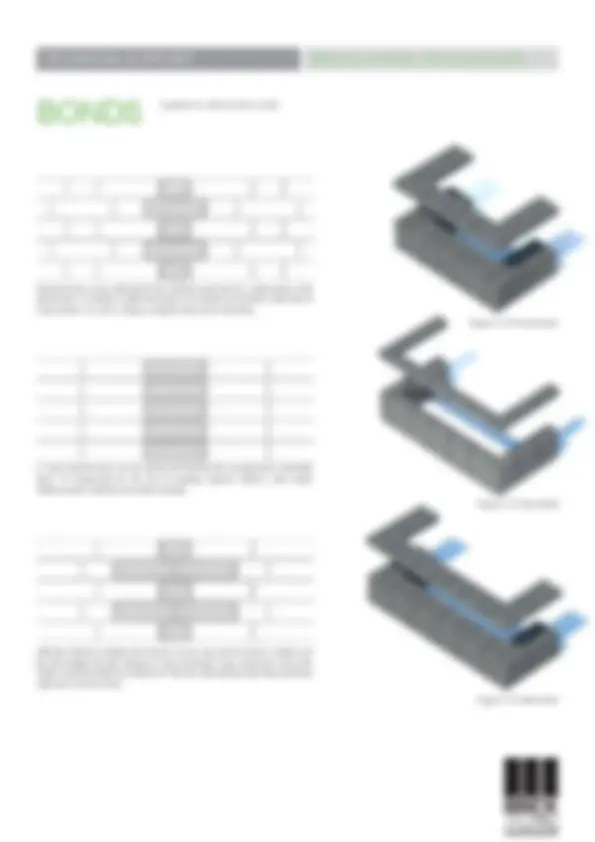



Study with the several resources on Docsity

Earn points by helping other students or get them with a premium plan


Prepare for your exams
Study with the several resources on Docsity

Earn points to download
Earn points by helping other students or get them with a premium plan
Community
Ask the community for help and clear up your study doubts
Discover the best universities in your country according to Docsity users
Free resources
Download our free guides on studying techniques, anxiety management strategies, and thesis advice from Docsity tutors
Information on various brick bonding patterns, including english bond, flemish bond, and stack bond. Each pattern is described in detail, along with their historical usage and applications in civil engineering and architecture. English bond is the preferred pattern for thick walls and economical construction, while flemish bond uses whole bricks as stretchers and half bricks as headers. Stack bond, with no brick overlap, requires stainless steel reinforcement for weak bonding.
Typology: Exams
1 / 2

This page cannot be seen from the preview
Don't miss anything!


Figure 2.1 Stretcher Bond Figure 2.2 Header Bond Figure 2.3 English Bond It comprises of alternative courses of headers and stretchers. It provides a strong bond when the wall is one brick thick. It is the preferred bonding pattern for bridges, viaducts, embankment walls and other civil engineering architectures. Originally used for single brick walls, it became the obvious choice for cavity walls with the least amount of cutting required. It is therefore the most economical bond pattern and is extensively used in modern building. A brick course laid flat with the short end of the brick exposed. This method is particularly strong as the width of the wall is the whole length of a brick. Historically it was used for buildings of high quality, often used for curved brickwork.
A pattern in which brick is laid.
Figure 2.4 Flemish Bond Figure 2.5 Stack Bond Figure 2.6 Monk Bond Flemish bonds can be replicated in the half-brick outer leaf of a cavity wall by using whole bricks as stretchers, while the headers are created by half bricks called bats or snap-headers. It is not as strong as English bond at one brick thick. In stack bond the bricks do not overlap and therefore the arrangement is inherently weak. To compensate for the lack of bonding, typically stainless steel ladder reinforcement is built into every third bed-joint. With two stretchers between the headers in each row, and the headers centred over the join between the two stretchers in the row below. It was commonly used in the region around the Baltic Sea until turn of 13th and 14th centuries, then it was gradually replaced by Flemish bond.
A pattern in which brick is laid.